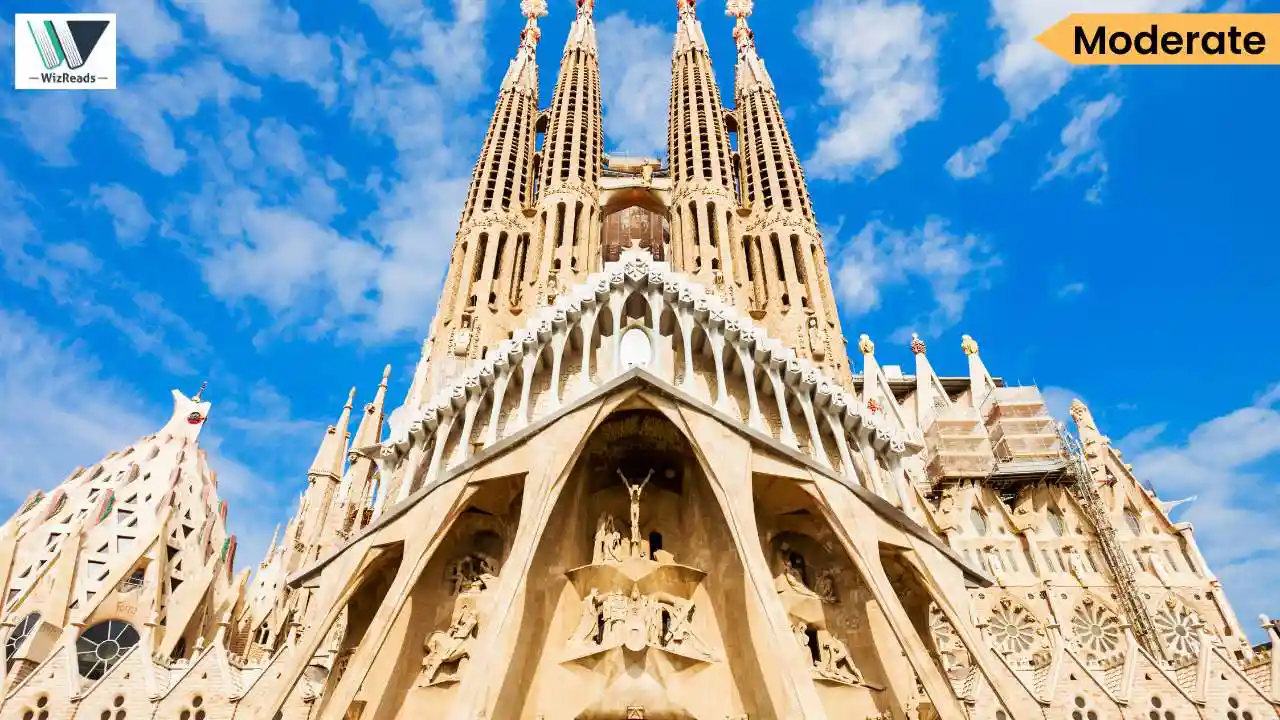
Newsletter Subscribe
Enter your email address below and subscribe to our newsletter

Enter your email address below and subscribe to our newsletter

When ancient monuments need repairs, who decides how “authentic” the restoration should be? These medium-difficulty passages explore the contentious renovation of Notre-Dame Cathedral, challenging readers to navigate competing perspectives on heritage preservation versus modernization.
Read these medium difficulty passage(s) and answer the question(s) that follows. You can choose the GMAT style Reading Passage and the question or the GRE RC variant and answer the GRE-style question. Even better, you could solve both.
The controversial renovation plan for Notre-Dame Cathedral, approved by France’s National Heritage and Architecture Commission in 2021, has ignited a passionate debate regarding cultural preservation versus modernization. Following the devastating 2019 fire that destroyed much of the cathedral’s roof, the Diocese of Paris proposed interior modifications intended to create a more welcoming atmosphere for millions of annual visitors. Proponents claim these changes—including softer mood lighting, multilingual Bible projections on walls, and reopening the grand central entrance—will enhance visitor experiences without compromising the structure’s historical significance.
Critics, however, vehemently oppose these alterations, viewing them as a threat to the cathedral’s cultural integrity. Didier Rykner, editor of La Tribune de l’Art, argues that the church’s ancient history demands respect that contemporary society cannot simply disregard. This sentiment resonates with over 100 academics and public figures who signed an open letter published in Le Figaro, asserting that the proposed changes fundamentally alter the original decor and liturgical space. Paris-based architect Maurice Culot further denounced the renovations as transforming the cathedral into a commercialized attraction lacking authenticity. The controversy reveals a fundamental tension between preserving authentic historical character and adapting historical monuments to contemporary expectations—a conflict that transcends this particular case and reflects broader questions about cultural stewardship in an increasingly modernized world.
).The author references the “liturgical space” while summarizing the concerns of critics who argue that the proposed renovations would “fundamentally alter the original decor and liturgical space.” This mention functions as a pointed example of what critics fear will be compromised. The phrase underscores the perceived gravity of the changes and reinforces the argument that the cathedral’s cultural and religious integrity is at risk.
Correct Answer: Choice (1)

The 2021 approval of Notre-Dame Cathedral’s renovation plan by France’s National Heritage Commission ignited vigorous debate in heritage preservation circles. Following the 2019 conflagration that damaged the iconic Parisian landmark’s roof, the Diocese of Paris proposed modernizing elements of the cathedral’s interior, including ambient lighting systems and multimedia displays featuring scriptural text projections in multiple languages. Advocates maintain these modifications will enhance accessibility and appeal for the multitude who visit annually. Conversely, heritage conservationists express trepidation about potential threats to the edifice’s historical authenticity. Over one hundred academics endorsed an open letter in Le Figaro opposing alterations they believe compromise the cathedral’s original aesthetic and functional design. Cultural critics like Didier Rykner of La Tribune de l’Art emphasize the imperative of respecting the structure’s historical context, while architects including Maurice Culot caution that excessive modernization risks diminishing authentic cultural experiences. This tension between innovation and preservation exemplifies the dilemma facing stewards of historical monuments worldwide when balancing contemporary needs with historical integrity.
The passage presents two legitimate perspectives on the Notre-Dame renovation without favoring either side. It describes advocates who believe modernization will “enhance accessibility and appeal” and conservationists concerned about “threats to the edifice’s historical authenticity.” The final sentence explicitly states this “tension between innovation and preservation exemplifies the dilemma facing stewards of historical monuments worldwide,” suggesting that balancing these competing concerns is a typical challenge in historical renovation projects.
Correct Answer: Choice (3)